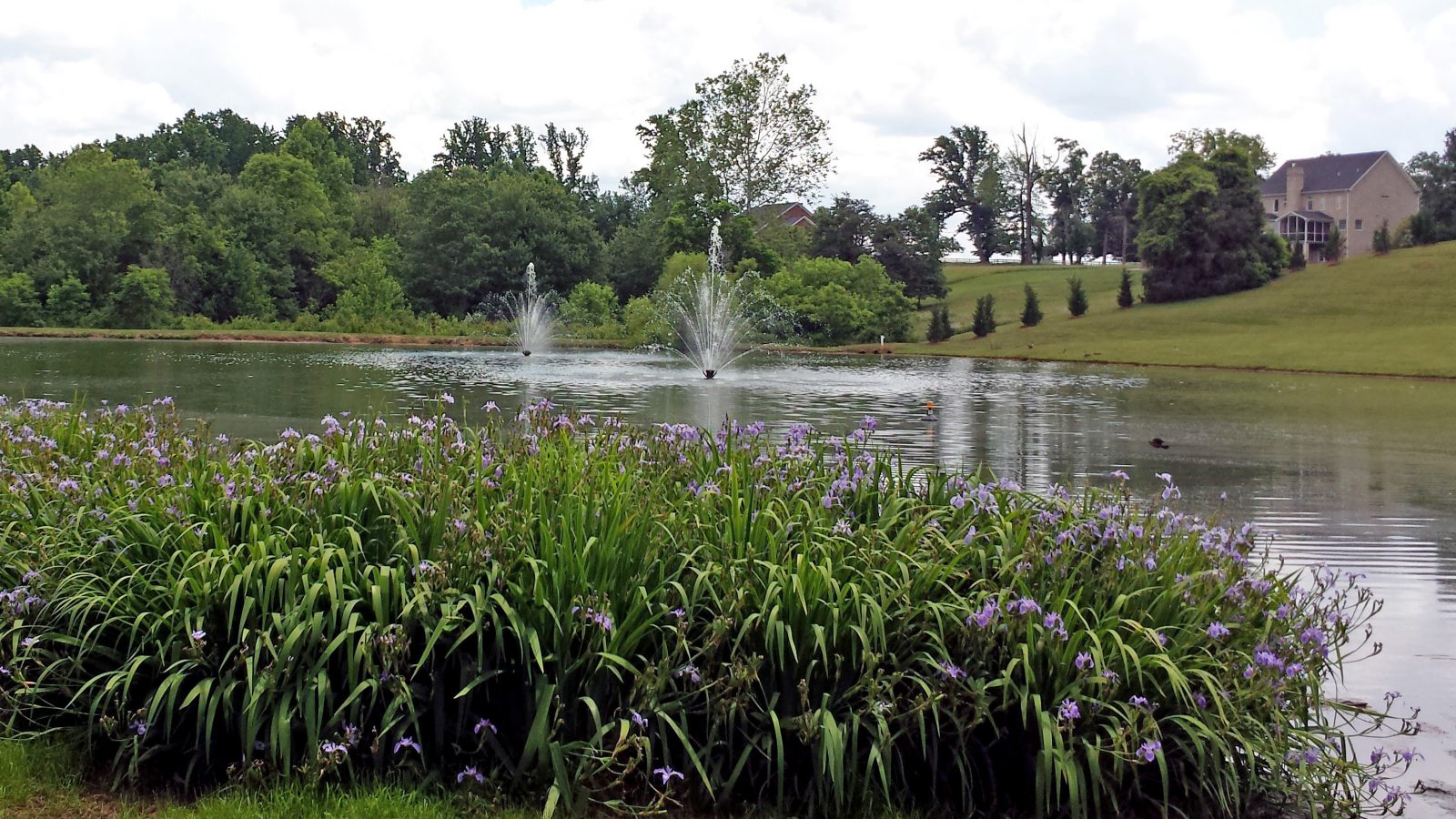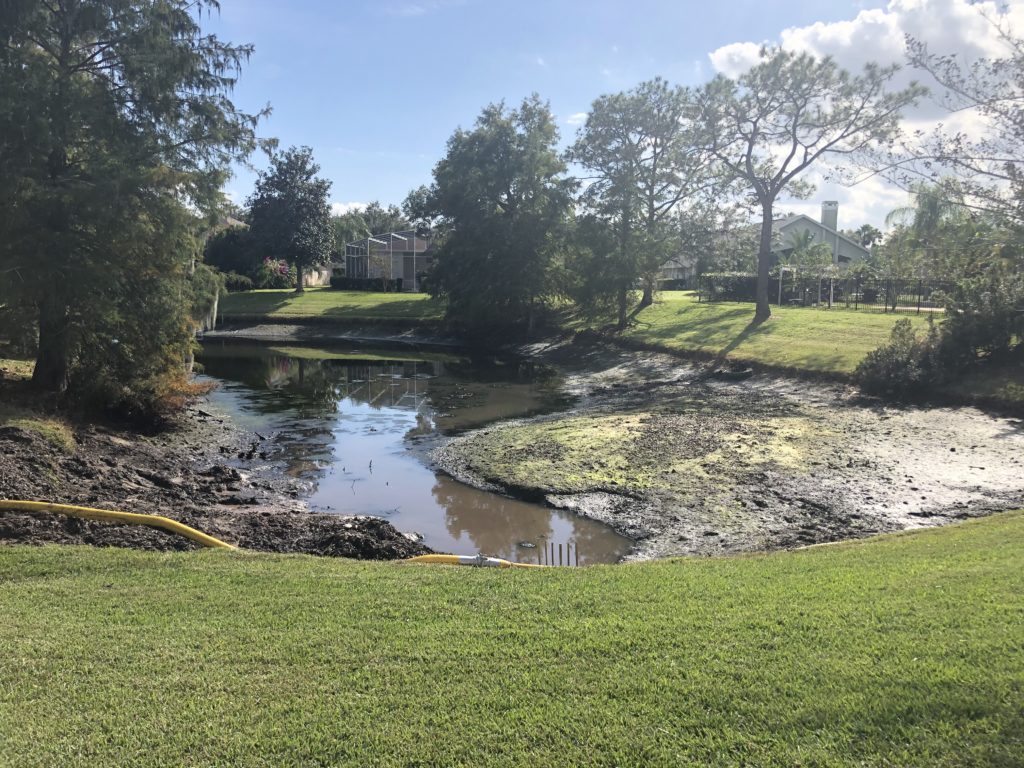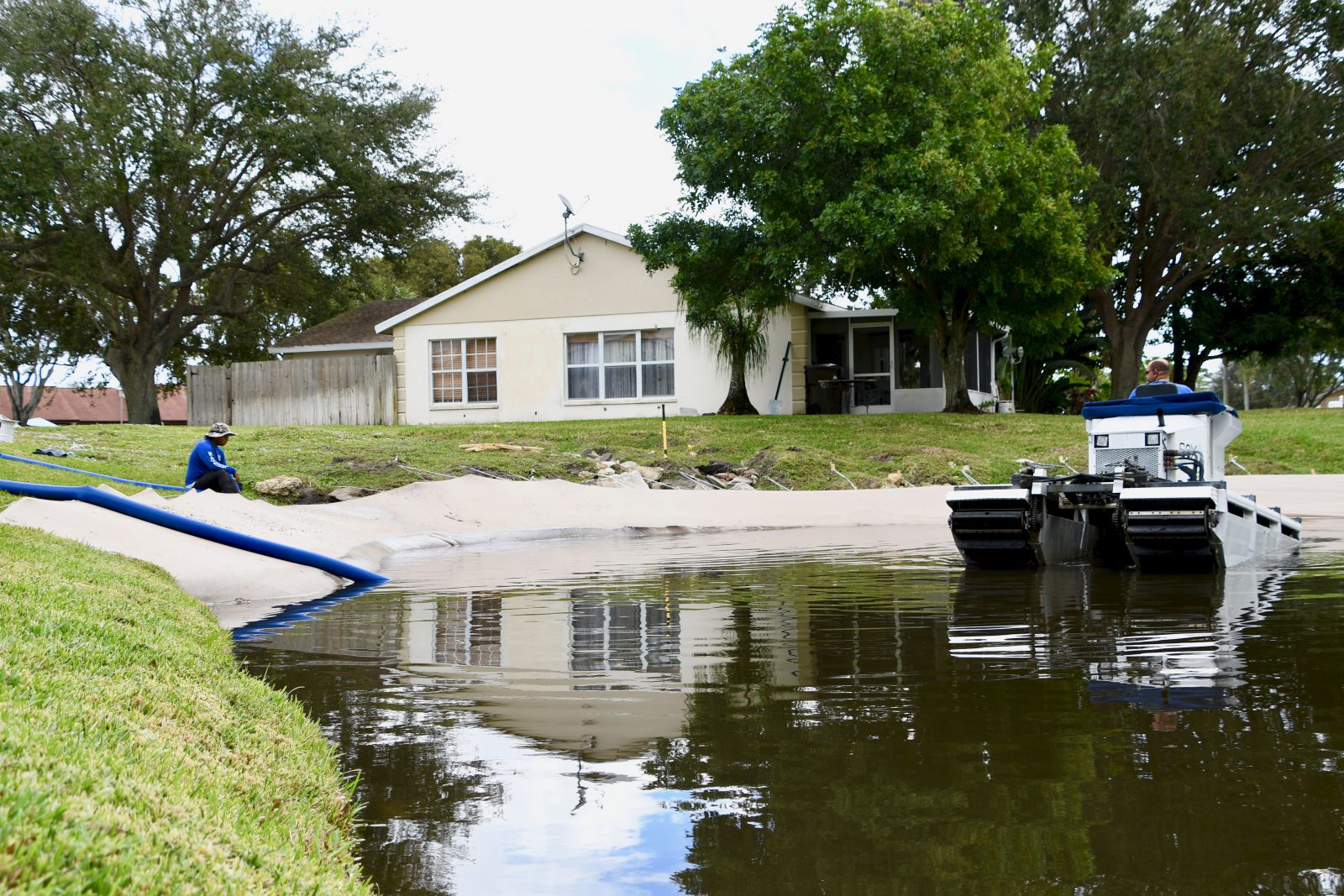
What Does Shoreline Erosion Look Like?
Shoreline erosion is one of the most difficult, if not impossible, problems for pond owners to control. And while a new shoreline can be engineered, proactive management is much easier and more cost-effective. To keep your shoreline healthy for as long as possible, it’s important to understand the signs of shoreline degradation – some more obvious than others.
Shrinking appearance
Imagine digging a small hole in your yard. What would it look like a month later? How about a year? Chances are, it will look indistinguishable from the surrounding earth because it has filled back in. Your pond undergoes the same process, though it may take decades before you notice that its capacity to hold water has decreased since the first time you saw it.
Steep drops, islands, and peninsulas
Deep ruts and steep, crumbling drop-offs are an obvious sign of erosion, but the appearance of “peninsulas” and irregular contours along the bank may be an early clue of degradation. The formation of islands, often covered in emergent plant growth, can also indicate that the waterbody is unevenly filling with sediment.
Muck and flooding
Once sediment has eroded into a waterbody, it tends to stay there. Over time, it will become incorporated with pollutants, animal waste, and decomposing plant matter, creating a thick muck on the bottom. As depth and volume slowly decrease due to the build-up, there is a greater risk of flooding during heavy rainstorms.
Exposed pipes or root systems
As water levels drop and shoreline deterioration worsens, it’s not uncommon for roots and stormwater pipes to become visible. In addition to being aesthetically displeasing, this could result in significant property damage and leave property owners liable for any injuries that occur as a result.

Burrowing animals and sinking earth
Burrowing animals like muskrats, Norway rats, invasive armored catfish, and some mole species are both a sign and a cause of shoreline erosion. Not only do the channels they dig weaken the shore and increase the risk of collapse, but they also make it easier for water to escape.
Monitoring for Erosion Damage
Erosion is a natural phenomenon that occurs in every waterbody, but human activity can significantly speed up the process. Partnering with an aquatic expert to implement proactive solutions is essential to maintain a stable shoreline.
In addition to regular monitoring, professionals recommend cultivating a buffer of native vegetation around the entire perimeter of a waterbody, allowing them to grow approximately knee-high to lessen the force of rainwater as it washes over the shoreline. Beneficial buffers also have complex root systems that help hold soil in place.
Repairing Erosion Damage
If your shoreline is severely eroded or poses a danger to anyone who ventures near the water, it’s likely time to rebuild. Modern bioengineering techniques allow aquatic experts to completely reshape the shoreline and even restore several feet back to a “shrunken” property. By using a patented knit material called SOX, experts can physically anchor sediment in place before sodding it over for a seamless look.
It’s never too late to adopt practices to preserve the strength of your shoreline – or the health of the water. Aeration, nutrient management, water quality testing, and hydro-raking are just a few tools that can be used as part of a proactive annual maintenance program. Contact your lake management professional for resources and guidance on how to get started.
Shoreline Erosion Restoration Solutions
Restore Your Erosion Damage
Call us at 888-480-5253 or complete the form below to connect with an aquatic management expert.
SOLitude Lake Management is a nationwide environmental firm committed to providing sustainable solutions that improve water quality, enhance beauty and preserve natural resources.
SOLitude’s team of aquatic scientists specializes in the development and execution of customized lake, stormwater pond, wetland and fisheries management programs. Services include water quality testing and restoration, algae and aquatic weed control, installation and maintenance of fountains and aeration systems, shoreline erosion control, muck and sediment removal and invasive species management. SOLitude partners with homeowners associations, golf courses, private landowners, businesses and municipalities. SOLitude Lake Management is part of Rentokil, a leading business services company, operating across the United States, Canada and Puerto Rico.
For more information, visit SOLitude Lake Management at solitudelakemanagement.com, and connect on Facebook, LinkedIn and Twitter.















